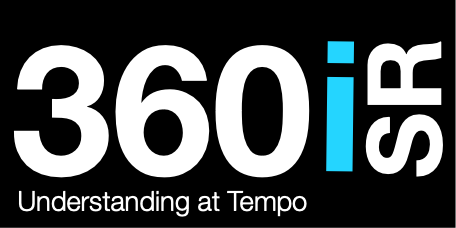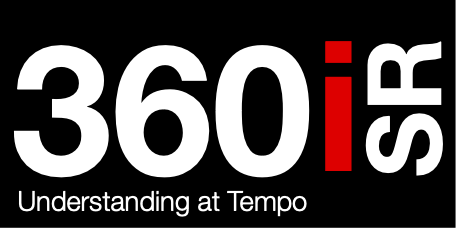Making the Job Difficult
The dislocation of the analyst from the mission space

Analysts are the unsung heroes of the ISR capability. There are often unseen and often forgotten and yet they are the critical element that creates understanding at tempo from the chaos of data. And yet, physically and procedurally, analysts are being disconnected form the mission space, resulting is less contextual intelligence. Technology has allowed us to distribute data and intel across vast distances, meaning that the norm is now to have exploitation cells far removed from the mission space.
Whilst this offers some benefits it does place a barrier between the analyst and the physical area which they are trying to understand. Pottinger and Bachelor [Fixing Intel: A Blueprint for Making Intelligence Relevant in Afghanistan] cite this issue as one of the failings of intel in Afghanistan and suggest that forward deployed analysts is the solution.
To paraphrase the report, it is all about context. Intel without the context of the question or the mission space has limited value, whereas intel in the context of the fight is incredibly valuable.
The current procedure to develop analytical tasking involves the distilment of EEIs from PIRs or CCIRs. The process breaks down broad multi-dimensional Intelligence requirements in to smaller and smaller, more manageable requirements until singular dimension data points are uncovered; these are essential elements of information. The theory suggests that, once broken to EEIs, ISR operators can collect and PED against them, aggregate EEIs together to eventually provide an answer to the original requirement. It takes a great deal of work, and what we are left with is a confusion of EEIs that bear little direct connection to the original command requirement or intent. The IRM process is counter to the current thinking on MDO and ADO and. Importantly, it produces so many EEIs that the process builds inefficiency.
Using the example of a simulation experience, which is known in the intelligence community as “Project Looking Glass (PLG),” Hackman [Collaborative Intelligence] illustrates the two basic types of teams found in intelligence: red teams, or teams that are on the offensive, and blue teams, teams that are on the defensive.
In the simulation, the blue team must prevent an attack by the red team. The Blue Team dedicated time to developing a raft of intelligence requirement deemed necessary to understand the Red Team’s actions. Time and again the same finding is replicated: the offensive team surprises and the defensive team is surprised. Hackman found that the red team winning was due to their purposeful approach as they had an offensive strategy. On the other hand, the blue team, unaware of what the opposition was doing, proceeded to bombard the analysts with broad questions and encountered data overload. This led Hackman to deduce that the Blue Team must alter their strategy in order to be successful. His words were “a simple shift in mentality can direct people towards useful information which has the greatest return”. He also noted that those on defense merely act on existing knowledge and assumptions and need to incorporate a shared goal for performance, whilst teams on offense are able to congregate easily around their objective.
It seems that the process itself, designed to create intelligence over and adversary, overwhelms the ability to understand.
Solutions
The accepted norm of rearward PED cells will not change, therefore we need to develop ways and means to integrate analysts that are often thousands of miles from the mission space. There are various methods that could be employed: obviously education plays a ;large role, education of the analytical team AND of the commanders from which tasking originates. the analysts need to be able to think and operate in the context of the mission and commanders need to articulate requirements so that they are understood and are mission focused.
Col Brown argues for the development of the intent statement and problems defined by the commanders as the start point for intel and ISR, I would agree and offer a slight development. We need commanders to define their decision critical intelligence or to put it another way, their Acceptable Level of Risk. It is the analysts responsibility to mitigate the risk by creating understanding at tempo in the context of the mission.
The decision centric or ALR approach would also negate the issue of EEIs. Analyst would no longer be tasked with identifying get number of aircraft at an airfield, they would be asked to think critically and creatively to mitigate risk in the context of the decision, knowing the consequence of failure. The analyst would work as a fully integrated element of operations alongside the effectors, the two slices of bread with the decision maker in the middle.




